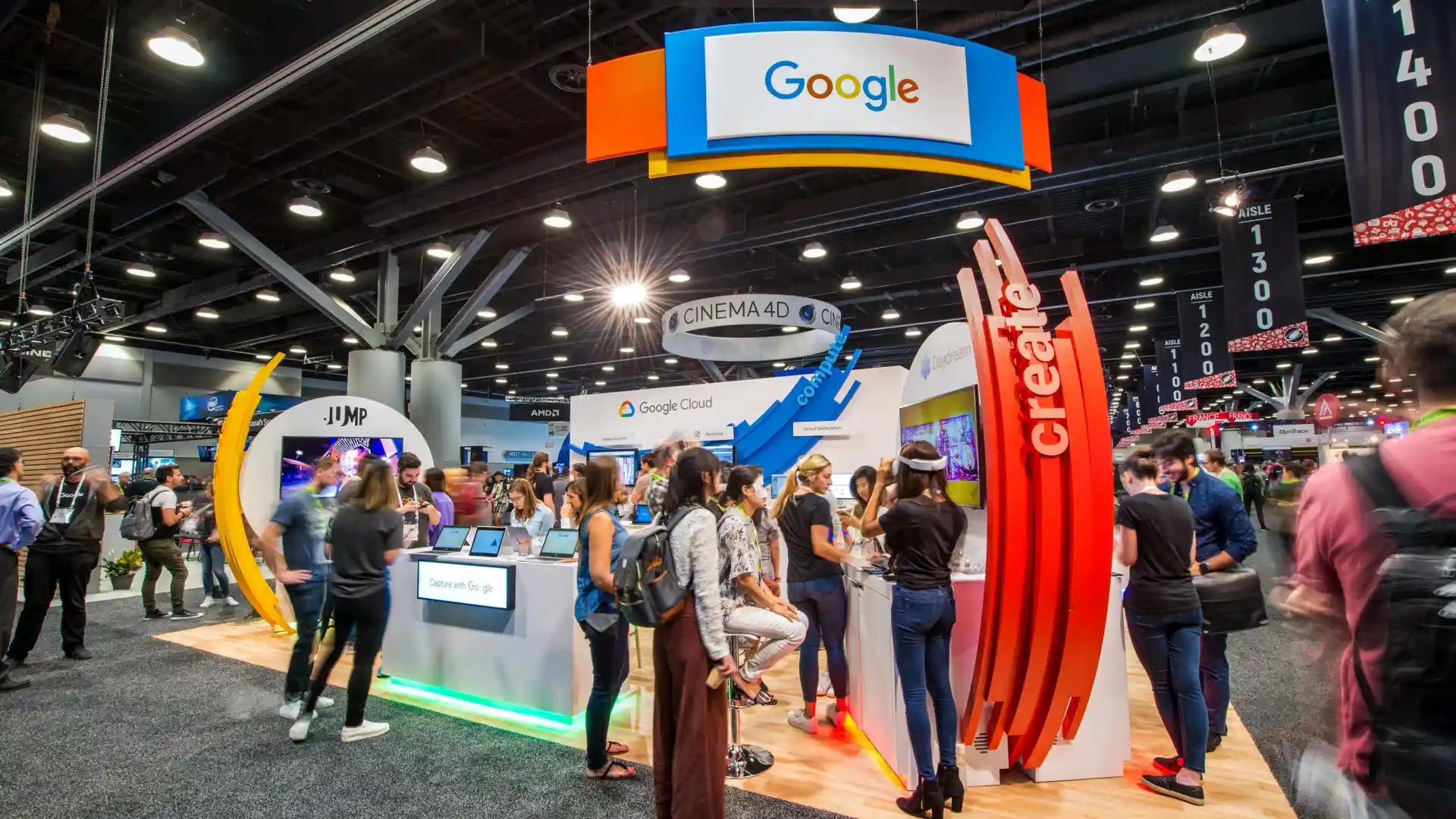15 Tips to Success on Event Day
When you’re executing a design or build, the objective is to physically deliver the brand’s vision. You’re working to turn mere ideas into a reality. Yet, as an account manager, marketing manager or event planner, there are many glitches that can occur between conceptualization and delivery phases that, if not taken into consideration, will throw up barriers.
To give you the best guarantee for a successful execution here are 15 tips to deliver the best exhibition experience:
1. BE POSITIVE
OK, so it’s a cliché. But it’s a cliché for a reason. You think positive, positive things will happen. Applying this mentality to your personal practice and to the design-build process right from the get-go will save you a lot of heartache. “We can.” “Of course.” “Nothing is impossible!” These things are not only things a client wants to hear, but mentally, it removes the boundaries you might place on yourself and allows you to be more receptive to new ideas and game-changing techniques.
2. KEEP YOUR END-USER IN MIND
Remember at the end of the day, you’re conveying your objective to the consumer/visitor. Whether it’s to share a new brand identity, or showcase a new product, be aware of the measures you are taking to bring engagement and hopefully establish a sustainable brand-customer relationship.
3. BE ORGANIZED
The resources required—the building supplies, the lighting, the concepts, the team—is a maelstrom of things to keep track of. Know what you’re all about and manage all bits and pieces.
4. DOCUMENT EVERYTHING
Directly related to being organized, documentation will be the most important tool to ensure communication is clear on both sides of the equation. Keep those records and set up your protocols for noting meetings, work orders, supplies, etc. With everything in writing, processes will be more likely to run smoother and interactions calmer.
5. BE A CONSIDERATE PARTNER
The fabrication partner you choose to team up with will do its best to execute your vision. But unreasonable demands, last minute changes and attitudes will not improve situations – be nice in order to receive reciprocal treatment.
6. DETAILS
Sometimes it’s the smallest things that make the most difference. When it comes to the tiny nuances, they might be the very thing that makes your project a success. Pay attention and keep your eyes on the little features such as garbage, brochures or products left astray by visitors. Small word of caution: refrain from becoming obsessive compulsive and driving your teammates crazy.
7. MITIGATE RISKS
Let’s face it: room for error is always there, especially when you’re working on a complex project and human elements are in play. But if you get ahead of the potential problems that could occur by crafting contingency strategies, you’re one step ahead of the competition.
8. TRY TO KEEP THE LAST MINUTE REQUESTS TO A MINIMUM
Sometimes your need to make a last minute request arises due to unforeseen circumstances, or sometimes it’s because you feel your team is so efficient they can pull it off in little time with no problems. This is a dangerous game, one where you’re potentially setting yourself or a team member up for failure. Always aim to provide your team(s) and partners with sufficient lead time to complete the task with the same level of attention and detail as everything else.
9. WATCH YOUR COSTS
Budgets are there for a reason—for you to stay within them! They should be taken as a hard restriction, not a guideline. Mind them.
10. BE SCHEDULE MINDED
Projects such as museum and trade show exhibitions are bound by fixed deadlines and under pressure to be finished in a limited time. Ensure you and your team are keeping tabs that everything is on time and adjust accordingly if you’re falling behind. Also make sure the whole team knows the schedule - highlight the dates of key stages and milestones of the project.
11. WALK THROUGH THE SITE
Go through the space, walk in the visitor’s shoes and look at it through their eyes. Imagine how they will experience the physical space to make sure you include enough visual cues to guide them through the entire space.
12. DELEGATE
We’re human. We try to be superhuman for our clients or customers and that’s highly admirable. But we all need a hand and that’s why the team is there. Learn to distribute the work. Pay attention to your teammates strengths and utilize them appropriately.
13. ASK FOR FEEDBACK
100% success is hard to achieve. But even if you do, there is always a bit of room for improvement. Find out what it is. Or take the time to find out where you did well and keep doing it!
14. TAKE SNAPS
All that hard work and no good pictures? It’s like dressing up for a night out and not taking a selfie to acknowledge how good you look! Hiring a photographer to get some professional photographs of the project will not only memorialize your work, but can be used to help market your company later on.
15. STAY RELAXED
So you may not have done this, that or the other thing. But with the combined efforts of the team, things will work out (if you follow these tips!)


